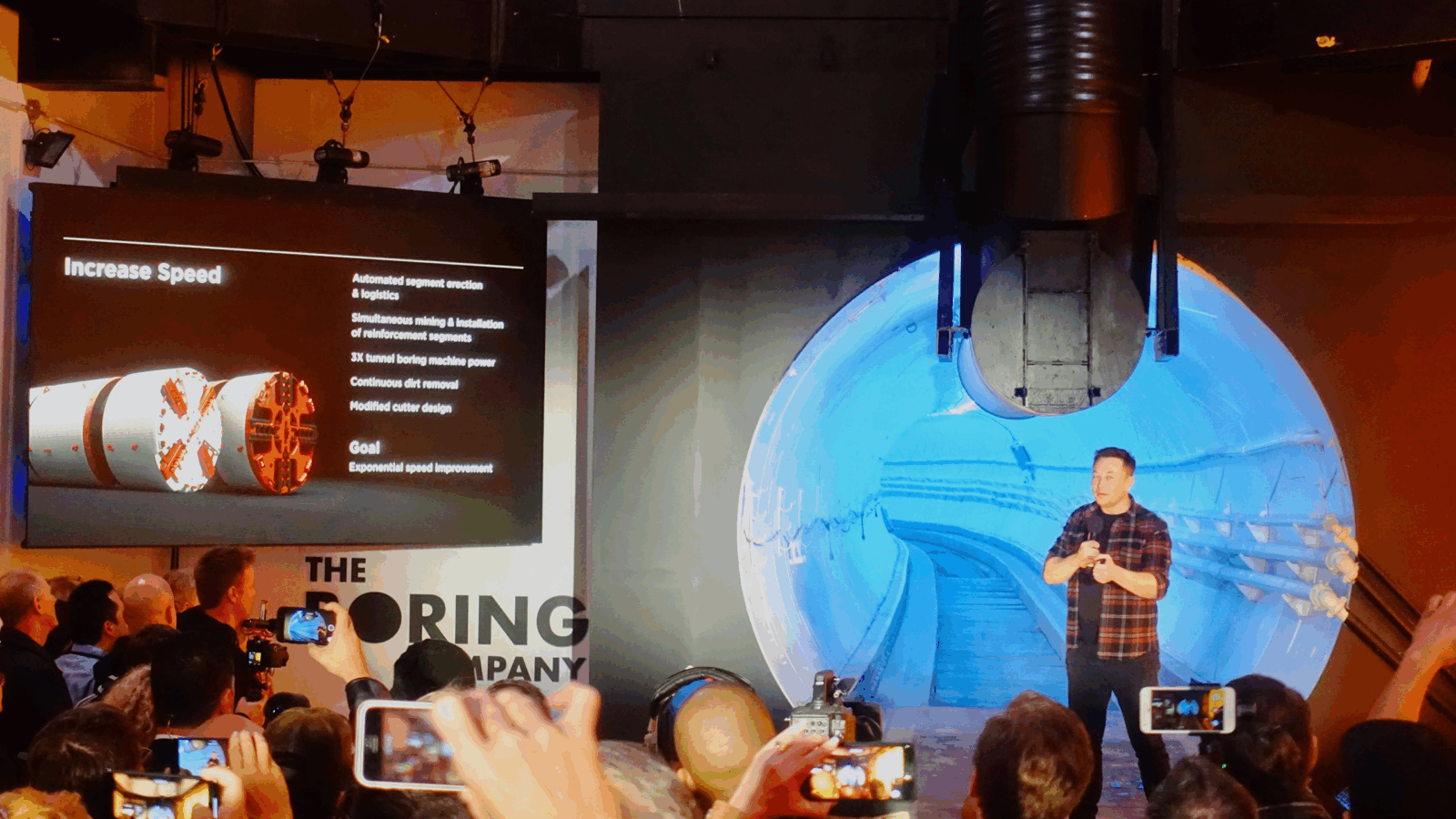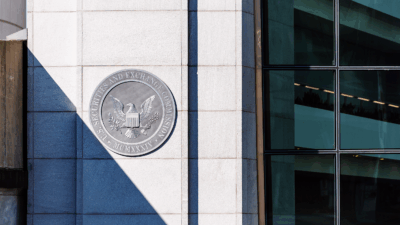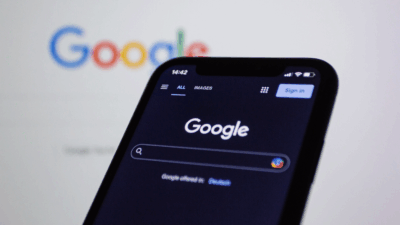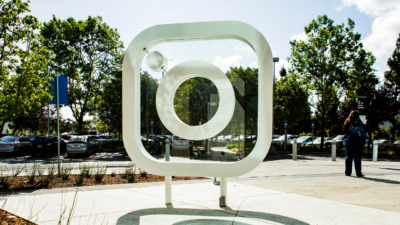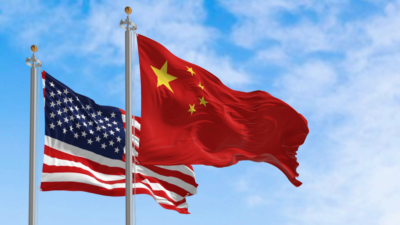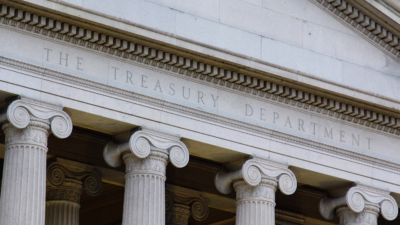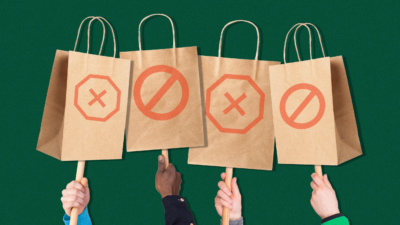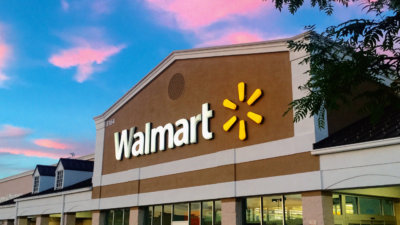Trump Phases Out Paper Checks to Modernize Federal Payments
All executive departments and agencies have been asked to transition to Electronic Funds Transfer (EFT) methods.
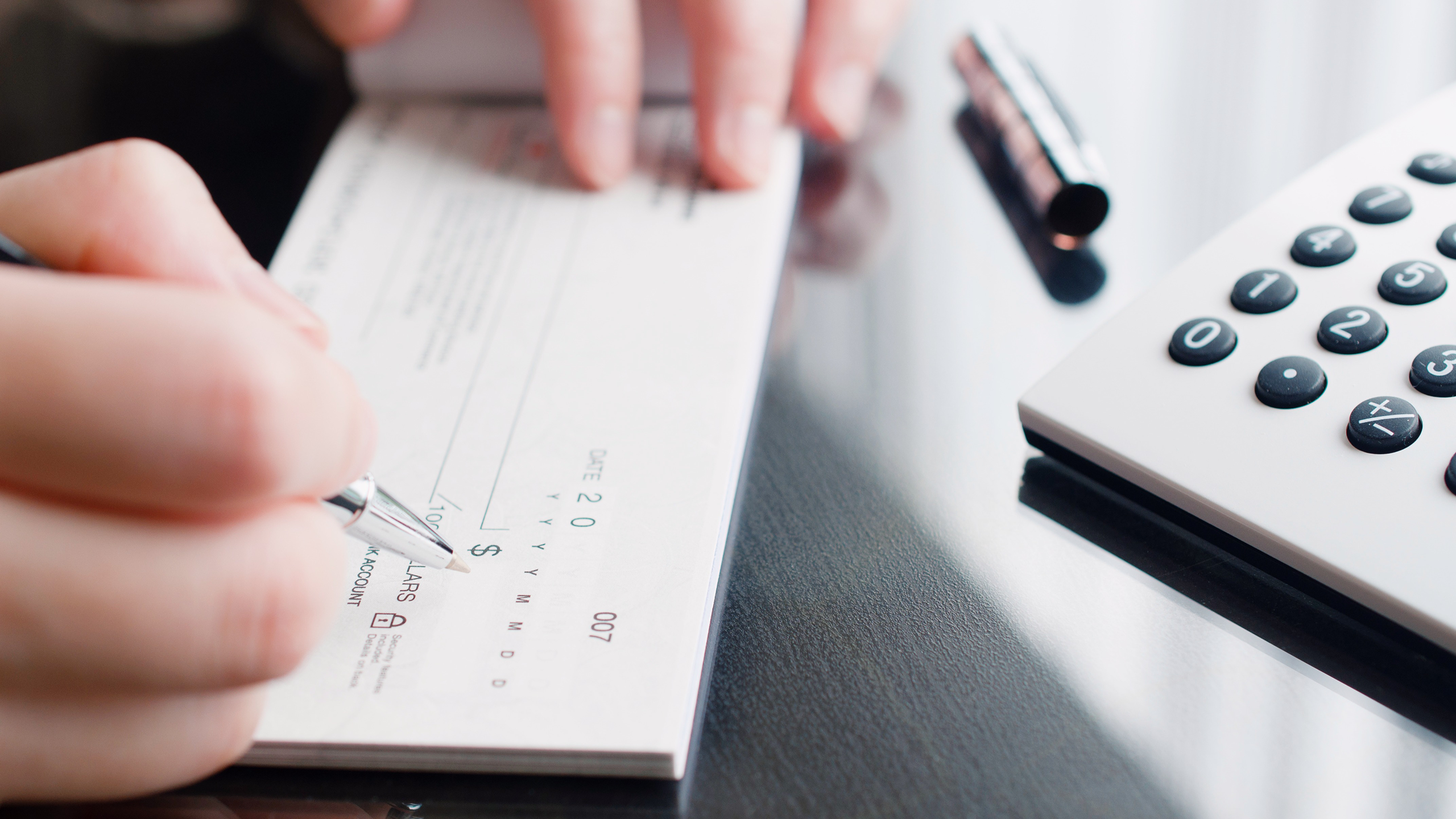
Sign up for smart news, insights, and analysis on the biggest financial stories of the day.
Starting this fall, the check won’t be in the mail, at least from the federal government.
President Donald Trump signed an executive order last week directing the Treasury Department to cease issuing and receiving paper checks for all payments, including intragovernmental remittances, benefits, vendor payments, and tax refunds by Sept. 30.
Paper, Bounced
All executive departments and agencies were asked to transition to Electronic Funds Transfer (EFT) methods, including direct deposit, prepaid card accounts, and other digital options. There will be some exceptions, including for those who don’t have access to banking services or electronic payments and under certain circumstances where they are necessary, like emergency disbursements or national security activities.
“It’s something that should’ve been done 25, 30 years ago,” President Trump said as he signed the order, part of a pair issued Tuesday aimed at modernizing and centralizing the Treasury Department.
Paper checks have become passé. Usage has been in steady decline for decades. A 2024 Federal Reserve study of trends in noncash payments shows that the number of checks used fell by more than 70% from 2000 to 2021.
However, percentages tend to obscure the very real people in the margins who stand to be affected. For example:
- In the 2024 tax season, 90% of the 104,866,000 total refunds were via direct deposit, according to Internal Revenue Service data. That suggests some 9.9 million people/entities received their refunds via paper check. (For context, that’s more than the population of New York, the largest city in the US.)
- The vast majority of Social Security beneficiaries, or 99.3%, accept funds via direct deposit, but a significant number of Americans, or 448,912 people, still receive checks, according to Social Security Administration data.
A part of Trump’s order directs Treasury to develop a public awareness campaign in coordination with heads of agencies to let people know about the switch and guide them on how to access and set up digital payment options.
Risky business: Modernizing payments can be a net good — speedier delivery of funds and eliminating a vector for potential fraud, for instance. But embracing digital payment technology comes with user pitfalls of its own, including new vectors for fraud — just run a Google search and see what pops up.
